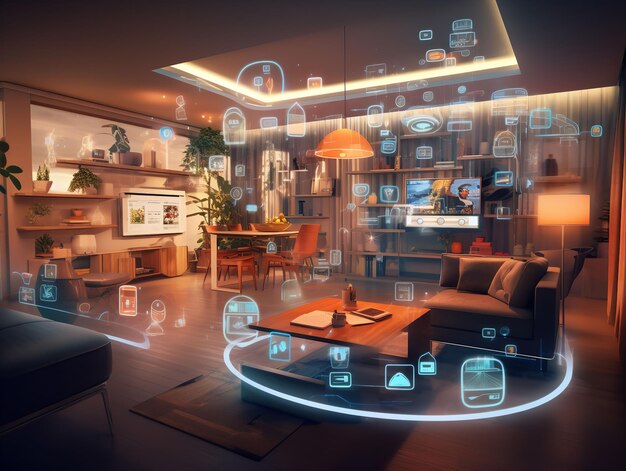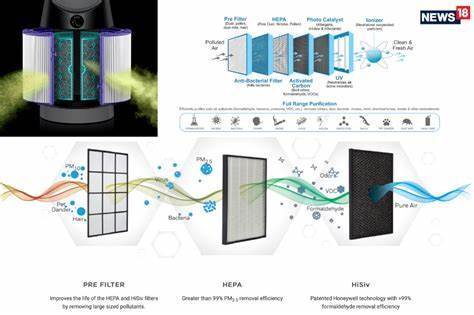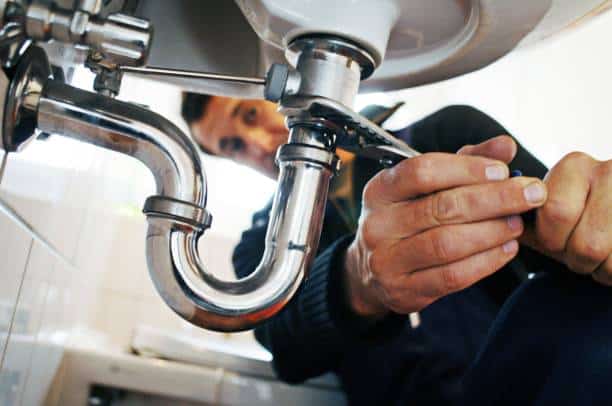Introduction
In today’s rapidly advancing digital age, smart home technology has become a transformative force, reshaping how we live, interact with our environment, and manage our daily routines. From controlling lighting and temperature with a voice command to enhancing security with AI-driven surveillance systems, smart homes represent the pinnacle of modern living. This article delves into the various aspects of smart home technology, exploring its benefits, current trends, and what the future holds for this revolutionary field.
The Rise of Smart Home Technology
What is Smart Home Technology?
Smart home technology refers to a suite of devices and systems that connect to a home network, enabling remote control and automation of various household functions. These systems often integrate with smartphones, tablets, or voice assistants like Amazon’s Alexa or Google Assistant, allowing users to manage everything from lighting and heating to security and entertainment.
The Growth of the Market
The smart home market has seen exponential growth over the past decade. According to recent studies, the global smart home market is expected to reach over $300 billion by 2027, driven by increasing consumer demand for convenience, energy efficiency, and enhanced security. The proliferation of Internet of Things (IoT) devices and the increasing affordability of smart home products are key factors contributing to this growth.
Benefits of Smart Home Technology
Enhanced Convenience
One of the most significant advantages of smart home technology is the unparalleled convenience it offers. With the ability to control multiple aspects of your home through a single device, whether it be a smartphone or a voice assistant, daily tasks become more manageable. For instance, you can set your coffee maker to start brewing as soon as your morning alarm goes off or adjust your thermostat remotely to ensure your home is at the perfect temperature when you arrive.
Improved Energy Efficiency
Smart home technology plays a crucial role in promoting energy efficiency. Smart thermostats, for example, learn your schedule and preferences, adjusting heating and cooling accordingly to reduce energy consumption. Similarly, smart lighting systems can be programmed to turn off when a room is unoccupied, helping to lower electricity bills. These energy-saving features not only benefit the environment but also lead to significant cost savings over time.
Enhanced Security
Home security is another area where smart technology excels. Modern smart security systems offer features like real-time video surveillance, motion detection, and remote access, allowing homeowners to monitor their property from anywhere in the world. Some systems even integrate with smart door locks and alarms, providing an added layer of protection. These advancements have made it easier than ever to secure one’s home, offering peace of mind to homeowners.
Increased Property Value
Investing in smart home technology can also increase the value of your property. As smart homes become more desirable, homes equipped with the latest smart devices are likely to attract more potential buyers and command higher prices.
Key Trends in Smart Home Technology
Voice-Activated Assistants
Voice-activated assistants like Amazon Alexa, Google Assistant, and Apple’s Siri have become central to smart home ecosystems. These AI-driven assistants allow users to control various smart devices through simple voice commands, making home automation more intuitive and accessible. The integration of voice control is expected to expand further, with more devices and services becoming compatible with these platforms.
AI and Machine Learning Integration
Artificial intelligence (AI) and machine learning are playing an increasingly important role in smart home technology. These technologies enable devices to learn from user behavior and preferences, making automated systems more personalized and efficient.
Interoperability and Standardization
As the smart home market grows, the need for interoperability and standardization has become more apparent. Consumers want their devices to work seamlessly together, regardless of the brand or platform. In response, industry leaders are working towards developing common standards, such as the Matter protocol, which aims to ensure that smart devices from different manufacturers can communicate and function together effectively.
Focus on Health and Wellness
Smart home technology is also beginning to focus on health and wellness. Devices like smart air purifiers, sleep trackers, and connected fitness equipment are gaining popularity as consumers become more health-conscious. These devices can monitor air quality, track sleep patterns, and provide personalized workout recommendations, contributing to a healthier lifestyle.
The Future of Smart Home Technology
The Expansion of IoT
The Internet of Things (IoT) is expected to continue its expansion, with more devices becoming interconnected and capable of communicating with each other. This will lead to even greater automation and integration within smart homes, allowing for more sophisticated and personalized experiences.
Increased Focus on Sustainability
As environmental concerns grow, the focus on sustainability in smart home technology is likely to intensify. Future smart devices will likely prioritize energy efficiency, renewable energy integration, and waste reduction. This could include advancements in smart grids, solar energy systems, and water-saving technologies, all aimed at making homes more sustainable and eco-friendly.
Advanced Security Solutions
As smart homes become more prevalent, so too does the need for advanced security solutions. The future of smart home security will likely involve more sophisticated AI-driven systems capable of detecting and responding to threats in real-time.
The Rise of Smart Communities
The concept of smart homes is expected to expand to smart communities, where entire neighbourhoods are interconnected through smart technology. These communities could feature shared energy resources, centralized security systems, and community-wide automation, creating a more efficient and sustainable way of living. This shift could lead to new opportunities for urban planning and development, with smart technology at the forefront of modern living.
Conclusion
Smart home technology is undoubtedly the future of modern living, offering unparalleled convenience, efficiency, and security. As technology continues to evolve, the possibilities for smart homes are limitless. From AI-driven personalization to sustainable living solutions, the future of smart homes promises to make our lives more connected, comfortable, and secure.












